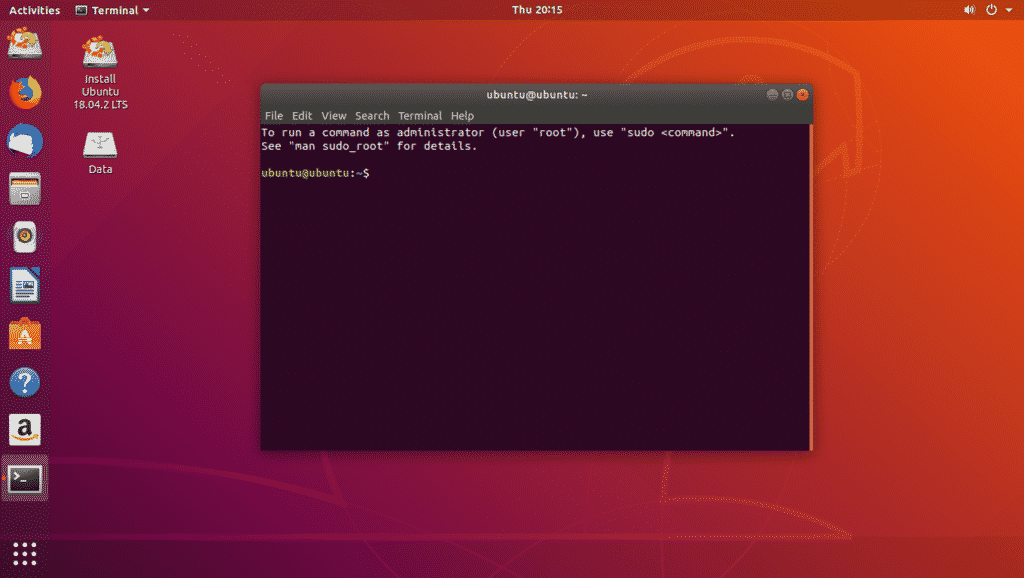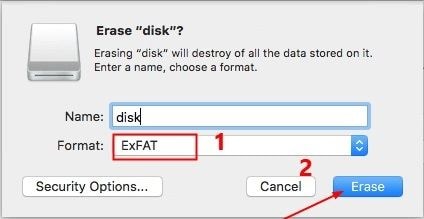

- #Tuxera ntfs checking hd from the terminal how to
- #Tuxera ntfs checking hd from the terminal for mac
- #Tuxera ntfs checking hd from the terminal install
- #Tuxera ntfs checking hd from the terminal full
- #Tuxera ntfs checking hd from the terminal software
You can use this information to determine how your disk space is being used and the default cluster size. Multiply each value that the output reports in kilobytes (KB) by 1024 to determine accurate byte counts. <- Total Clusters on disk.Ģ83615 allocation units available on disk. (4K)ġ024135 total allocation units on disk. <- Available FREE disk spaceĤ096 bytes in each allocation unit. <- NTFS Log file - (Can be adjusted using chkdsk /L:size)ġ134460 KB available on disk. <- Includes MFT and other NTFS metafiles.Ģ2544 KB occupied by the log file. <- Space lost to bad sectors.Ĥ9379 KB in use by the system. <- Space used by NTFS indexes.Ġ KB in bad sectors. <- Space used by user file data.Ħ344 KB in 1301 indexes. <- Total formatted disk capacity.Ģ906360 KB in 19901 files. Where d: is the letter of the drive that you want to check.Ĥ096543 KB total disk space. To do so, follow these steps:Ĭlick Start, click Run, type cmd, and then click OK.Īt the command prompt, type the command: chkdsk d. To determine the current cluster size and volume statistics, run a read-only chkdsk command from a command prompt. When data is later added to a file, NTFS increases the file's allocation in multiples of the cluster size. When a file is created, it consumes a minimum of a single cluster of disk space, depending on the initial file size. The cluster size is determined by the partition size when the volume is formatted.įor more information about clusters, see Default cluster size for NTFS, FAT, and exFAT. A cluster is a collection of contiguous sectors. These files and folders consume all the file space allocations by using multiples of a cluster. Only files and folders that include internal NTFS metafiles like the Master File Table (MFT), folder indexes, and others can consume disk space. The following information can help you to optimize, repair, or gain a better understanding of how your NTFS volumes use disk space.

#Tuxera ntfs checking hd from the terminal full
For example, an NTFS volume may suddenly appear to become full for no reason, and an administrator cannot find the cause or locate the offending folders and files. NTFS supports many volume and file-level features that may lead to what appear to be lost or incorrectly reported free disk space.
#Tuxera ntfs checking hd from the terminal how to
Professional use- and volume licensing options are also available.This article discusses how to check an NTFS file system's disk space allocation to discover offending files and folders or look for volume corruption in Microsoft Windows Server 2003-based computers.Īpplies to: Windows Server 2003 Original KB number: 814594 Summary

If you're unsure about updating, try our 15-day free trial.
#Tuxera ntfs checking hd from the terminal software
For personal use, the retail license grants you the right to use the software on three different Macs, free updates, as well as priority support from us.
#Tuxera ntfs checking hd from the terminal for mac
If you need a newer version, you have the option to upgrade to the retail license of Microsoft NTFS for Mac by Tuxera directly through us on our website. I upgraded macOS or switched to a new Mac and NTFS for Mac no longer works Toshiba provides all support for this bundled version. Installing the software requires that the Toshiba drive be attached to the Mac. More detailed instructions can be found here.
#Tuxera ntfs checking hd from the terminal install
How do I install the software and where can I find support? Microsoft NTFS for Mac by Tuxera (formerly Tuxera NTFS for Mac) bundled with Toshiba hard drives is equivalent to our retail releases up to version 2016.1 and supports macOS up to version 10.12 ( Sierra). Is the bundled software the same as on your website?


 0 kommentar(er)
0 kommentar(er)
